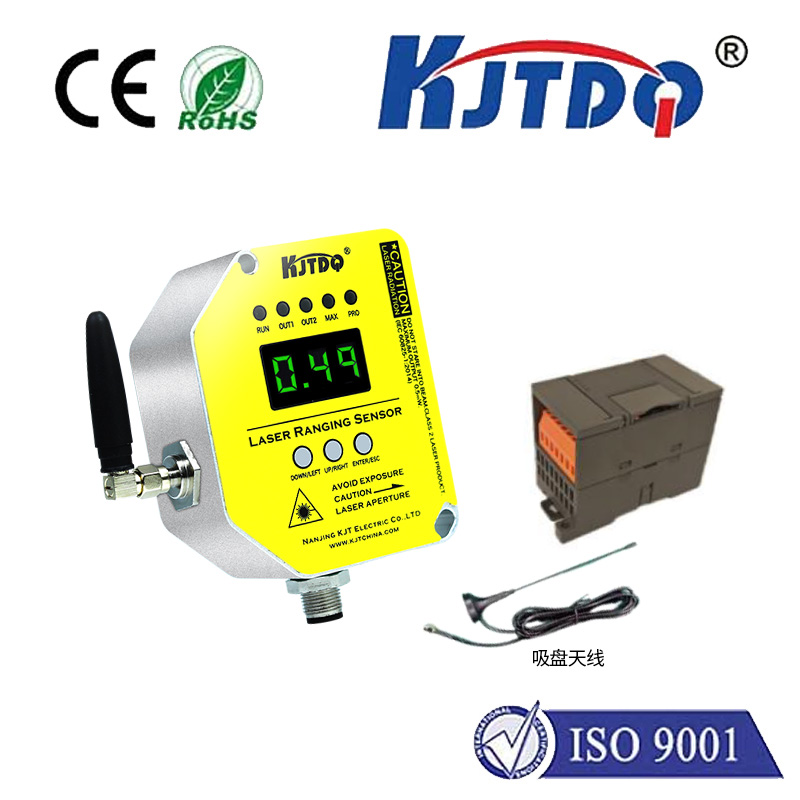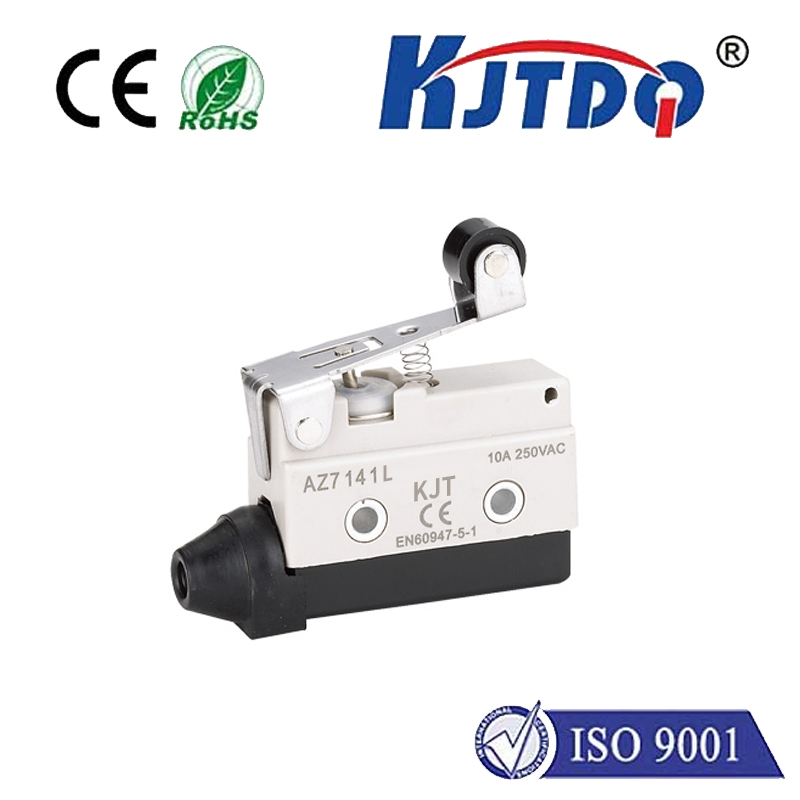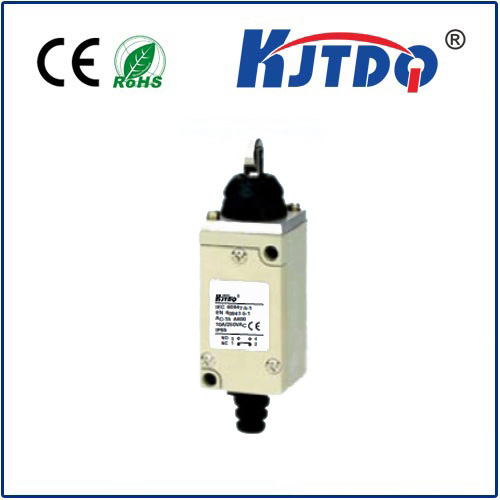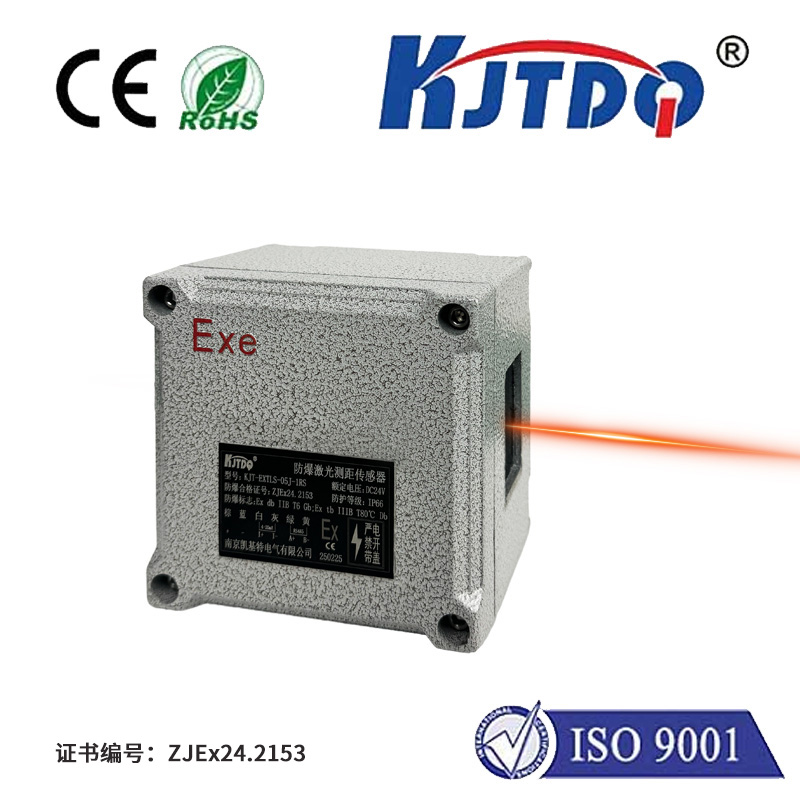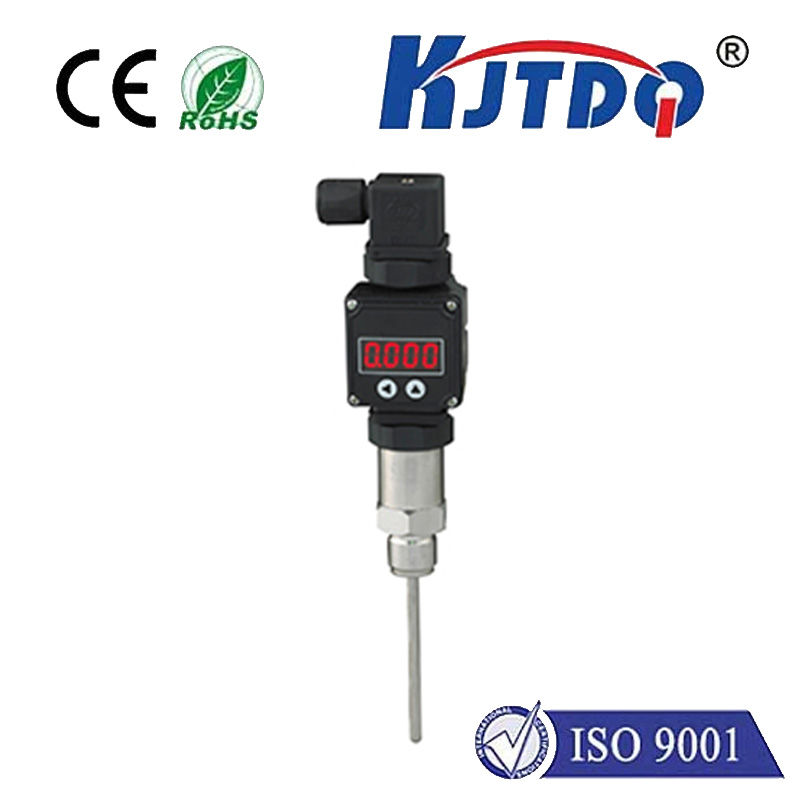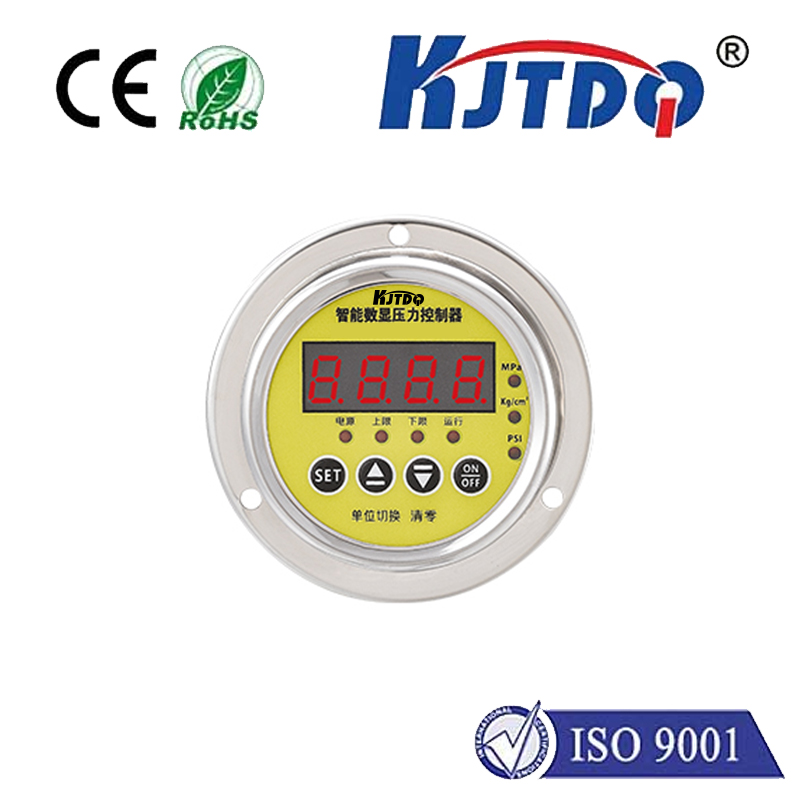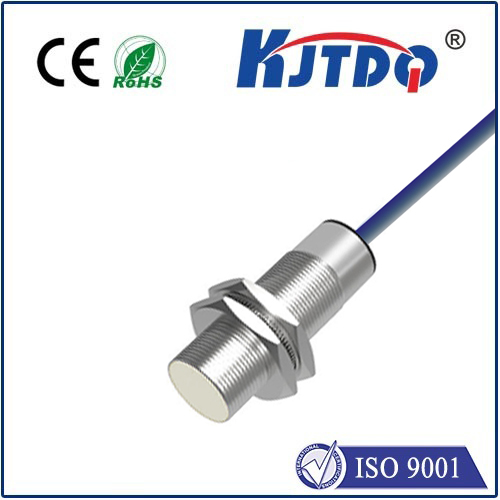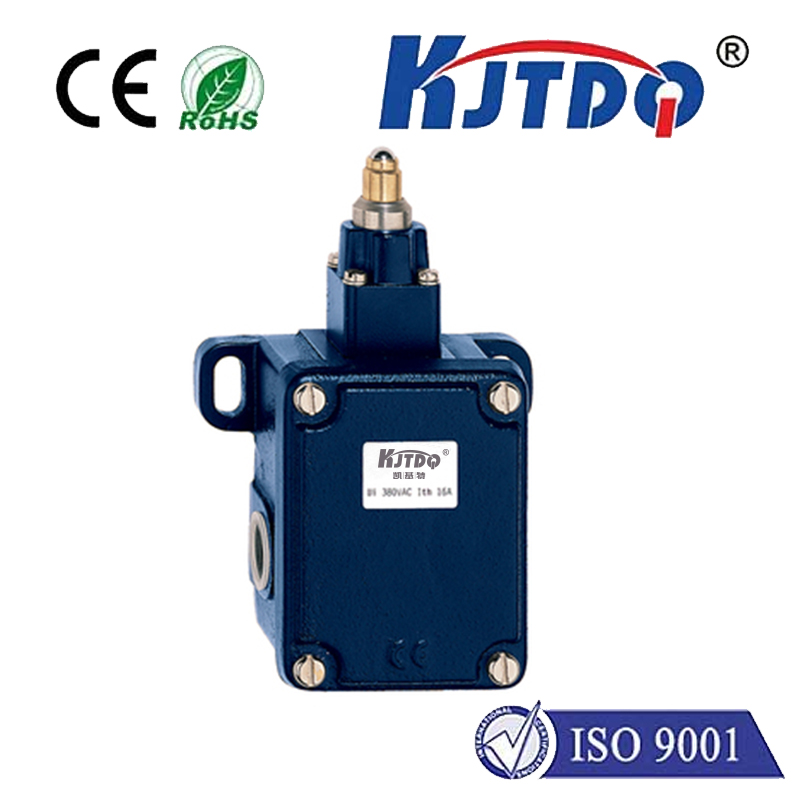

check

check

check

check

check

check

check

check

check

check
Title: Understanding Air Limit Switches in Industrial Automation Systems
The advent of industrial automation has brought about a paradigm shift in the way businesses operate. One of the key components that enable the seamless functioning of these systems is the air limit switch. In this article, we will delve into the intricacies of air limit switches and their role in industrial automation systems.
Air Limit Switches: An Overview
An air limit switch is a mechanical device that detects the presence or absence of air in a system. It works by comparing the pressure inside an enclosed chamber to the pressure outside. When there is a difference in pressure, the switch opens or closes, indicating the state of the system. These switches are commonly used in various industrial applications, including pneumatic systems, hydraulic systems, and electrical control systems.
Components of an Air Limit Switch
A typical air limit switch consists of three main components: the sensing element, the actuator, and the selector valve.
1. Sensing Element: The sensing element is responsible for detecting the change in pressure within the enclosed chamber. It can be either a vacuum-operated diaphragm or a bellows-type sensor. Vacuum-operated diaphragms use a small opening in one side of the diaphragm that is exposed to a low pressure environment (typically below atmospheric pressure). When the other side of the diaphragm becomes pressurized (typically due to gas flow), it expands, causing the diaphragm to move and activate the switch. Bellows-type sensors work on the principle of expanding and contracting a bellows material when exposed to differential pressures.
2. Actuator: The actuator is responsible for moving the selector valve, which controls the flow of air or gas to the system. The actuator can be either a manual lever or an electric motor, depending on the application requirements.
3. Selector Valve: The selector valve is designed to isolate the system from external influences and protect it from unwanted actions. It consists of two ports, one for incoming air/gas and another for outgoing air/gas. When the air limit switch is activated, it opens one port and closes the other, allowing controlled flow of air/gas to and from the system.
Applications of Air Limit Switches in Industrial Automation
Air limit switches are employed in various industries to ensure safe and reliable functioning of their automated processes. Some common applications include:
1. Pneumatic Control System: Air limit switches are used to monitor pressure levels in pneumatic systems, such as conveyor belts, hydraulic cylinders, and packaging machinery. They help prevent damage to equipment caused by excessive pressure or lack of pressure.
2. Safety Relays: Air limit switches can be integrated with safety relays to trigger emergency stop functions in case of malfunction or abnormal condition. This helps prevent accidents and ensures worker safety in hazardous environments.
3. Electrical Control Systems: In some cases, air limit switches can be used as input devices to control motor starters or overload protection circuits in electrical control systems. This allows for automatic shutdown or bypassing of circuits in case of overcurrent or short-circuit conditions.
Conclusion
Air limit switches play a crucial role in ensuring efficient and safe operation of industrial automation systems. By detecting changes in pressure and controlling airflow/gas flow, they help prevent equipment damage, promote worker safety, and improve overall system performance. As technology continues to evolve, it's likely that air limit switches will become even more advanced and versatile in meeting the ever-changing needs of modern industries.

